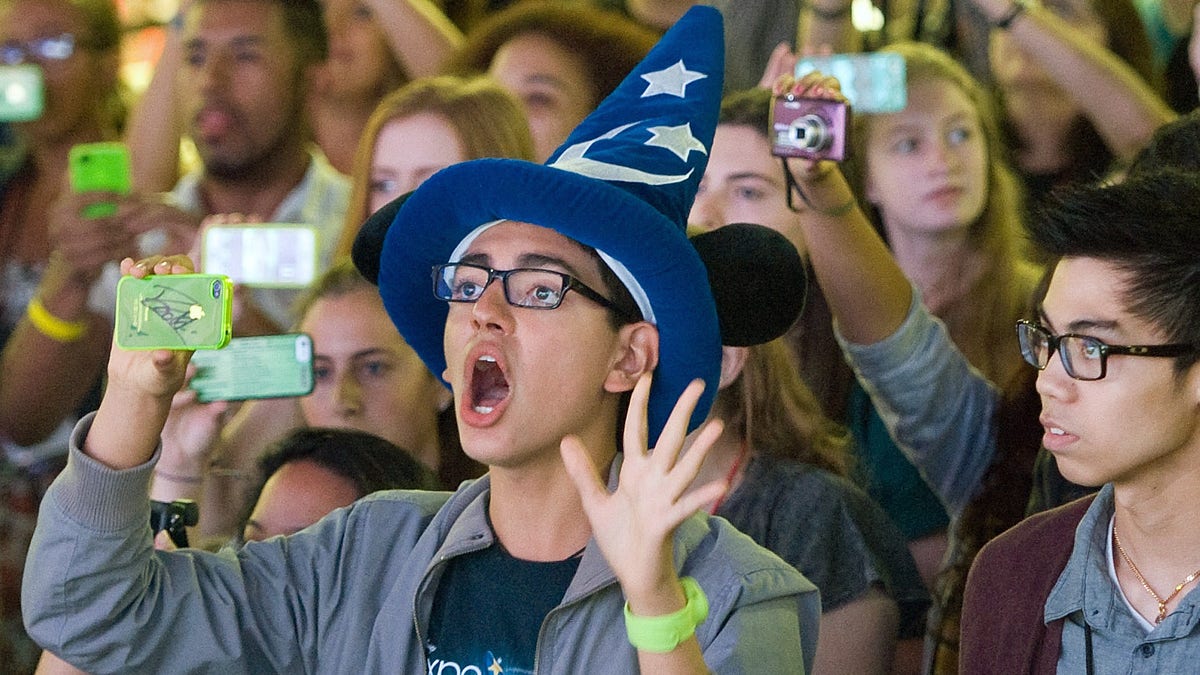
Aug. 2013: Fans attend an event at Disneyland in Anaheim, Calif. (AP)
Seven California residents and two from Utah likely contracted measles on a trip to Disney theme parks in California, state officials said Wednesday.
In addition to the nine confirmed cases of the disease, three more Californians are suspected of having it as well. All patients with the illness visited either Disneyland or Disney California Adventure between Dec. 15 and Dec. 20.
The seven California confirmed cases are from five different parts of the state and range from 8 months to 21 years old. Six were not vaccinated against the disease, including two who were too young to receive a vaccination.
Dr. Ron Chapman, director of the state's Department of Public Health, urged anyone who might have been exposed to check with a doctor.
"The best way to prevent measles and its spread is to get vaccinated," he said in a statement.
Measles is a highly contagious virus that lives in an infected person’s nose and throat mucus and spreads through coughing and sneezing, according to the Centers for Disease Control and Prevention.
Symptoms include fever, cough, runny nose and red eyes and a red rash that usually first appears on the face and spreads to the rest of the body.
Disney officials said they had not received any reports of staff contracting measles. Park officials are working with the health department to provide any necessary information, said Dr. Pamela Hymel, chief medical officer for Walt Disney Parks and Resorts.
Health experts said there isn't much a theme park could do to prevent transmission since measles is airborne, noting the best prevention is vaccination.
Dr. Jonathan L. Temte, chairman of the U.S. Advisory Committee on Immunization Practices, said those who caught measles probably were a few feet from someone with the illness who coughed or sneezed — and that many others likely were exposed.
"If you turn around and do the math, of the people at Disneyland at the time that this occurred, probably 90 to 95 percent were vaccinated," Temte said. "All of a sudden you realize that is a much higher attack rate."
The Associated Press contributed to this report
